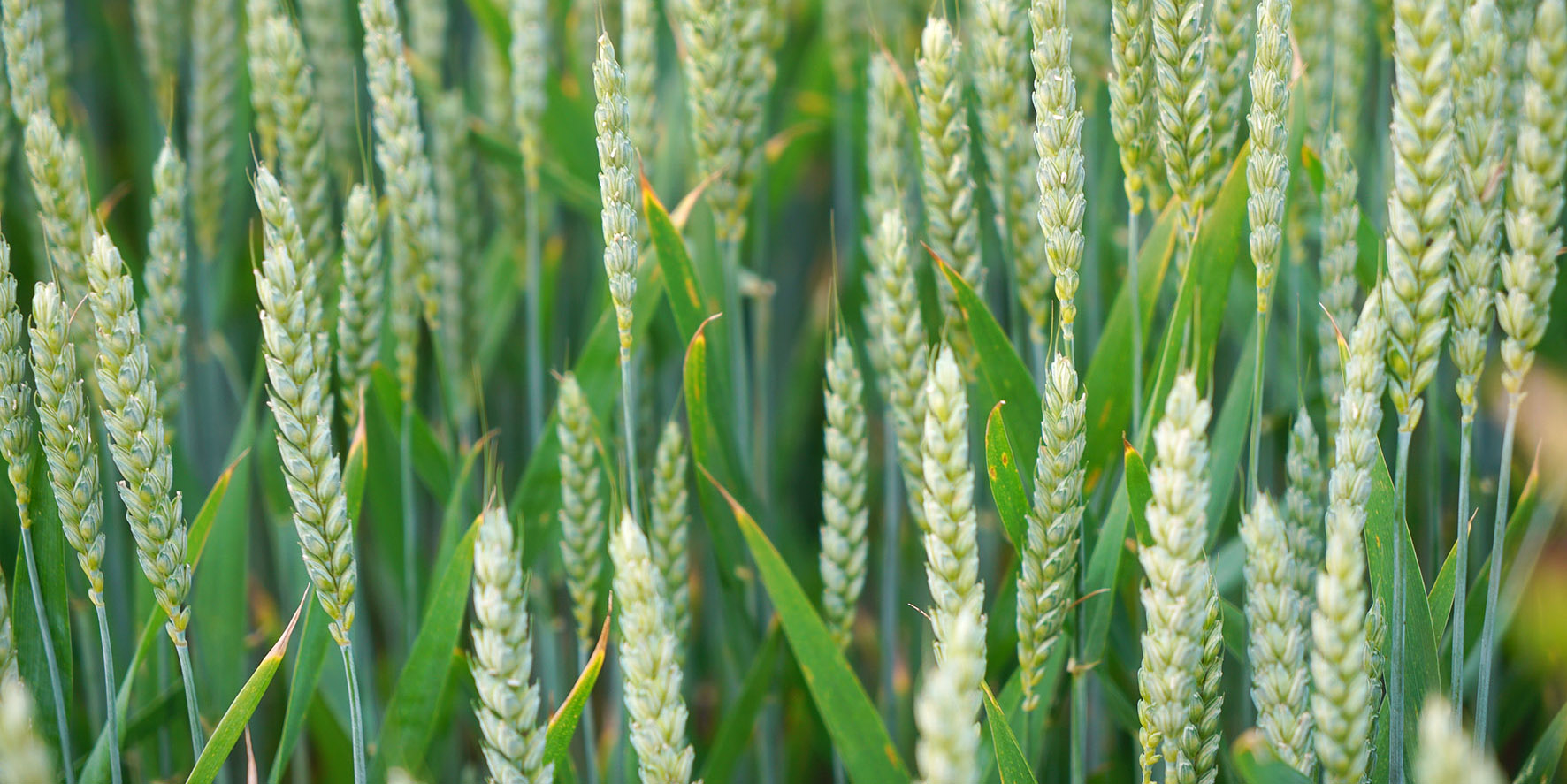
PPP Pre-breeding in the Nordic Collaboration
The Nordic region covers a widespread geographical area with a great variety in terms of environmental conditions for cultivation. Therefore, agriculture and horticulture in the Nordic countries require a plant breeding which develops varieties adapted to the particular growing conditions of the high north in terms of a demanding climate.
With a long and proud tradition of plant breeding, the Nordic countries have witnessed structural changes in the seed industry, leading to a reduction in Nordic breeding companies. This has resulted in a need for collaboration to develop cultivars specifically tailored to the unique Nordic market. The Public-Private Partnership (PPP) for Pre-Breeding was established to address this challenge.
In 2008, the structure of the collaboration began to form and contacts were made with all the major Nordic breeding companies. NordGen was appointed as secretariat and became responsible for the PPP economy and the communication between engaged contacts. Since 2011 public funding from the responsible countries in the respective Nordic countries have been granted and pooled. In 2012 the Steering Committee of the partnership was in place and a fruitful collaboration began.
The primary objective of this partnership is to support long-term breeding goals for Nordic agriculture and horticulture through collaborative pre-breeding projects in a pre-competitive manner. These projects focus on developing varieties that are adapted to climate change, reduce environmental impacts, and meet new consumer and market demands. By promoting the sustainable use of genetic resources for food production and agriculture in the Nordic region, the partnership aligns with Nordic policies on green growth and bioeconomy.
The PPP pre-breeding program focuses on projects that contribute to the development of Nordic plant breeding, farmers, and markets. These projects aim to broaden the genetic basis for plant breeding, particularly in the context of climate change adaptation and reducing environmental impacts. Additionally, introducing specific genes for disease and pest resistance, as well as other desirable qualities, is of great importance. The development of new technologies also plays a crucial role in expediting the lengthy breeding process.
Top photo: Graminor’s field trails in Norwegian Bjørke. Photo: Graminor/Nikolai Ødegaard.

Spring wheat in field cultivation.
These projects focus on developing varieties that are adapted to climate change, reduce environmental impacts, and meet new consumer and market demands.
The work of the PPP pre-breeding program is based on four principles:
• Pooled public funding while allowing some countries to move faster
• Project based participation from plant breeding companies
• Engagement of the best research environments for the respective projects
• 50/50-funding between public sources and industry
This report compiles information about the four PPP projects which have been active during the project period 2021 to 2023 and what is expected to come in the future. The knowledge gained from these projects will contribute to a more sustainable and competitive agriculture and horticulture sector in the Nordic countries.
The Nordic PPP collaboration demonstrates the commitment to address the unique challenges of the region and the need for developing varieties that are well-suited to the demanding climate. By facilitating cooperation between public and private plant breeding entities, the PPP for Pre-Breeding is paving the way for a more resilient and prosperous agricultural future in the Nordic region.
/Birgitte Lund, Chair of the PPP Steering Committee
